Bosphorus Strait and Its Features
The Bosporus Strait, sometimes called the Strait of Istanbul, is a natural strait that runs across Turkey's northwest.
One of the most crucial and essential straits in the world, this Strait is regarded as the narrowest navigable Strait in the world and forms part of the frontier between Europe and Asia. The Black Sea and the Sea of Marmara are connected through the Bosphorus Strait.
This blog introduces you to the Bosphorus Strait, its history, importance, and sights.
Bosporus Strait
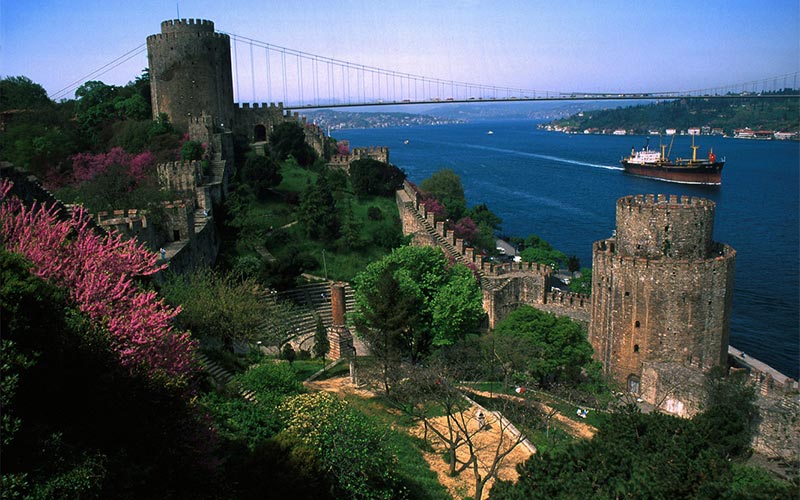
The name Bosphorus is taken from a Thracian phrase that means "passage of the cow" and originates from the myth of Io, one of Zeus' many loves. Zeus sought to send Io away from Hera's fury by changing her into a tiny cow when Hera accused her husband of having an affair with Io. Hera learned that the cow had crossed the Strait and sent large flies after her to constantly attack and bother her, leading to Io in the Aegean Sea (thus named the Ionian Sea).
The Turkish people have given this natural Strait, which connects the Black Sea to the Mediterranean Sea via the Straits of Dardanelles and the Sea of Marmara, the name BOGAZICI, which translates to "the inner strait."
It shares many similarities with the Dardanelles in terms of length, breadth, and current, and it is a small strait separating Europe from Asia. It is a waterway full of life and movement, meandering between sides covered with palaces and villages and shaded by majestic forest trees, presenting to the eye, at every mile, a new sight of packed existence, as opposed to being a lone stream passing between desolate coastlines.
The Bosphorus, or Ox-ford in English, is a river that occasionally resembles a lake that is encircled by land. Nevertheless, before it joins the Black Sea, it changes into a rocky, untamed canal. The peaceful, steady breathing of the Bosphorus is echoed by the flow of caiques, whose gradual splashes add to the rhythm. The Bosphorus mesmerizes the visitors with its brilliance but also enthrals them with the sun's white incandescence on its breast and the blue sky gushing into it. Istanbul, which was constructed on seven hills, is divided in half by it as it passes through it.
The Bosphorus River's flow is from north to south, but a robust subterranean countercurrent creates swirls and eddies that make navigating risky for unskilled sailors.
Across the Bosphorus Strait, there are three suspension bridges, each of which has a toll:
The first bridge connects the Ortaköy area on the European side with the Beylerbeyi neighbourhood on the Asian side. After being inaugurated in October 1973 under the name "Bogazici (Bosphorus) Bridge," it was given the name "Martyrs of July 15" in honour of those who lost their lives during the failed coup attempt on that date in 2016. It is 1074 meters (1175 yards) in length, has six lanes, rises 64 meters (210 feet) over the sea, and has pillars that are 165 meters (540 feet) high.
The second bridge connects Rumeli Hisari with Anadolu Hisari. The "Fatih Sultan Mehmet Bridge" was completed in July 1988. (abv. FSM). It is 1090 meters (1192 yards) long, has eight lanes, and is 65 meters above the ocean.
The third bridge connects Poyrazköy village on the Asian side with Garipçe hamlet on the European side near the Black Sea's entrance. It was officially opened as the "Yavuz Sultan Selim Bridge" in August 2016. (abv. YSS). One of the largest suspension bridges in the world, it is 1408 meters (1540 yards) long between the two pillars, 59 meters (65 yards) broad with 8 lanes and 2 rail lines, and the pillars are 322 meters (1056 feet) high.
Two tunnels are also located beneath the Bosphorus:
The first is named "Marmaray," which debuted in October 2013. Only the subway system is allowed to use this tunnel. The distance beneath the ocean between the neighbourhoods of Uskudar and Sirkeci is 1400 meters (1531 yards).
In December 2016, the second tunnel was inaugurated. The "Eurasia Tunnel" is only usable by motor vehicles that have paid a toll. It is primarily submerged in the Sea of Marmara and partially beneath the Bosphorus. The area underneath the water between the neighbourhoods of Haydarpasa and Ahirkapi is 5400 meters (5905 yards) long and has two levels for different driving directions.
Plans include the construction of a few more tunnels beneath the Strait.
Bosphorus Strait Location

The Bosporus Strait, also known as the Bosphorus Strait, is a natural waterway that runs through Istanbul in northwest Turkey. It separates Turkey by dividing Anatolia from Thrace as part of the continental barrier between Asia and Europe.
You can see the exact location of the Bosphorus Strait on the Bosphorus Strait map.
Bosphorus Width
The Bosphorus, one of the most important rivers in the world, is a valley that is submerged and runs an erroneous northeast-southwest route for 32 kilometres (20 miles), is 730-3300 meters (800-3600 yards) wide, and is 30-120 meters (100-395 feet) deep.
Bosphorus Strait Formation

Although geologists continue to disagree on how the Bosporus Strait formed, one significant theory that attempts to explain how the Strait formed is the "Sea Deluge Theory," which was first put out in 1977 by two researchers from Columbia University. According to this Theory, the Bosporus Strait was formed circa 5600 BC when the Black Sea, which at the time was a low-level body of freshwater, was breached by the increasing waters of the Mediterranean Sea, the Sea of Marmara. Some geologists, however, think that the Strait is considerably older
Bosphorus Strait History
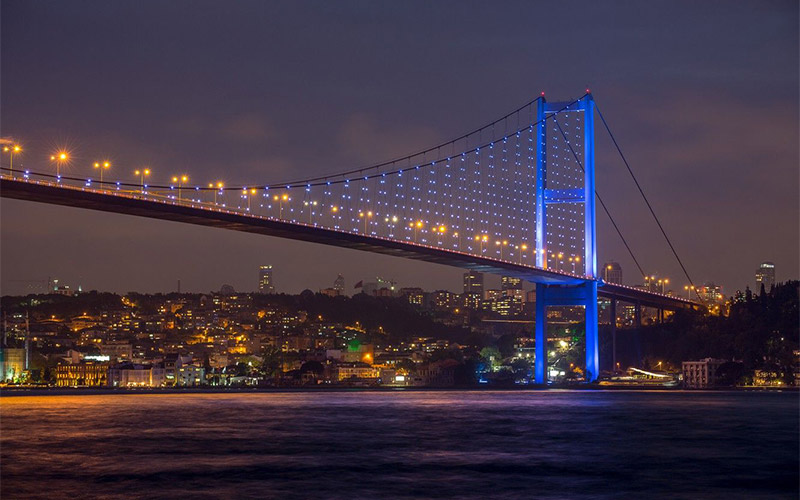
Due to its role in connecting the region's major oceans, the Bosporus Strait has long had economic and political significance. The region's nations constantly fought for control over the Strait; occasionally, war broke out due to this common ambition. The Russo-Turkish War (1877–1878), the allied Powers' offensive on the Dardanelles in 1915, and the Battle of Gallipoli during World War 1 are notable among these conflicts.
In and around the Bosphorus Strait, several tremendous and vital civilizations of history have conducted numerous exploration missions. These exploration efforts resulted in several important events that altered the area's history. We will look at some of the most significant historical civilizations' exploration endeavours, including those of the Greeks, Romans, Byzantines, and Ottomans.
Persians Exploration
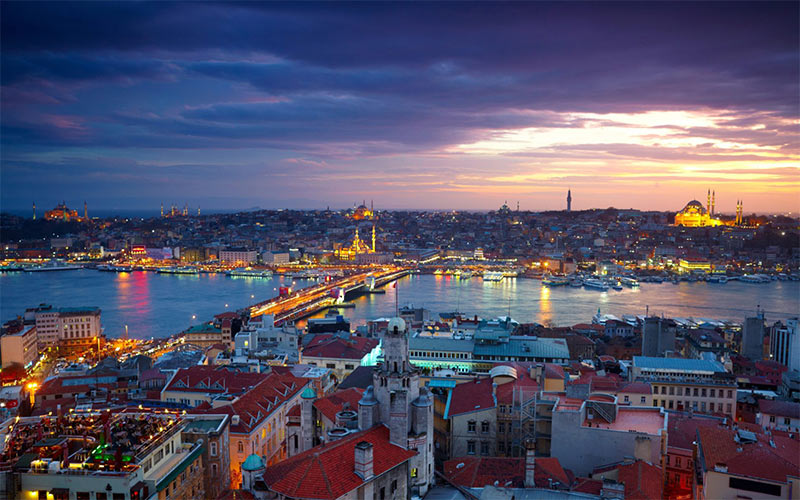
Although Persians have sometimes used the Bosporus Strait throughout history, King Darius the Great, the third Persian Monarch, is credited with carrying out the most significant Persian action there. King Darius crossed the Bosphorus Strait with his army using a massive bridge built of linking Achaemenid boats in an effort to avoid and defeat the Scythian Horsemen who plundered all across the northern Black Sea. By doing so, he successfully bridges two of the most significant geopolitical gaps between Asia and Europe.
Greeks Exploration

Greek activity on the Bosporus began in the fifth century BC in the Greek city of Athens, which was primarily reliant on grain imports from the Scythian Black Sea ports. Due to their reliance on the Bosporus Strait to ship these grains, they had to develop alliances with the Megarian colony Byzantium, which ruled the straits at the time.
The Influence of Ottoman
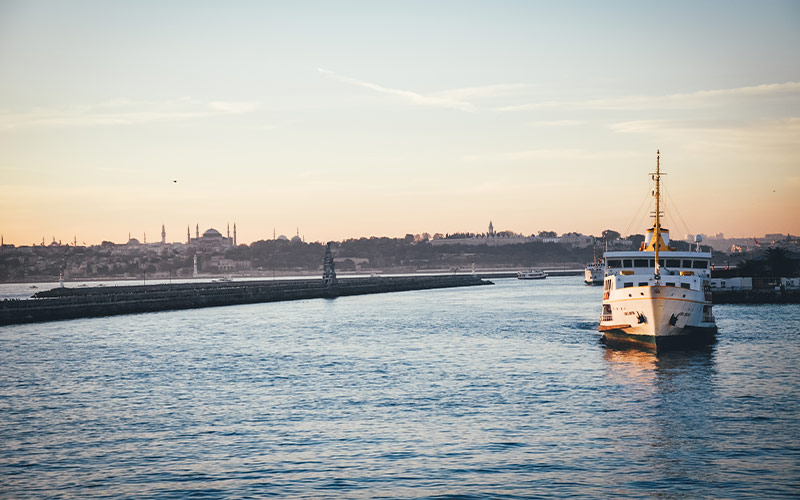
In a protracted struggle that lasted 53 days, the newly-emerging Ottoman Empire finally took control of Constantinople on May 29, 1453. The Ottoman military constructed fortifications on both sides of the Bosphorus throughout the conflict, not just for military purposes but also to seize control of the Bosporus Strait. One of the significant occasions that marked the end of the Middle Ages and the beginning of the Renaissance and the Age of Discovery is frequently cited as the conquest of Constantinople. The Byzantine empire was also brought to an end as a result, and Ottoman forces took over control of the Bosporus Strait from the Byzantines. The Ottoman Empire had taken control of Constantinople at the end of the 53-day conflict, opening a new era in world history. After the battle, in 1492, Christopher Columbus embarked on his first journey to the Americas, ultimately leading to America's discovery.
The Ottoman Empire strategically employed the Bosporus Strait at its peak of power to increase its control over the whole black sea area, known as the "Ottoman lake," by the Ottomans. They were able to do this by utilizing their power to stop any Russian imperial ships from sailing in the lake.
The Influence of Turkish
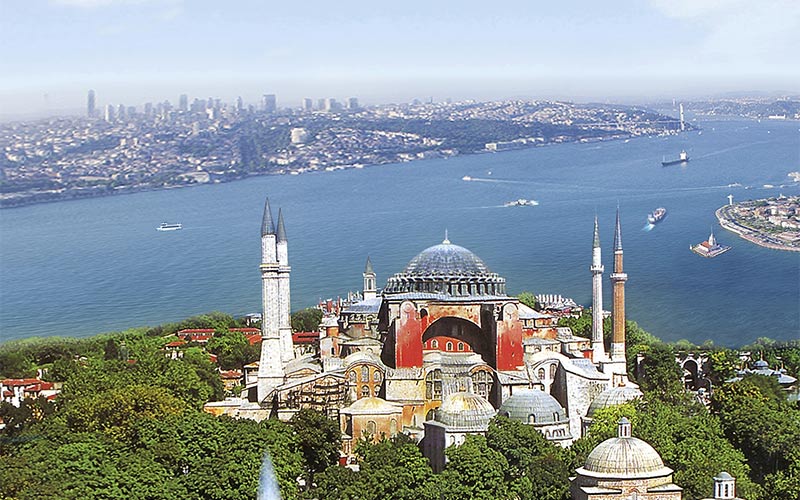
Turkey has made several agreements and treaties to establish and defend its claim to the Bosporus Strait throughout the years. The treaty of Lausanne, which Turkey signed in 1923, allowed all foreign warships and commercial shipping activity to resume and allowed them to navigate the straits freely. Subsequently, Turkey withdrew from this agreement after realizing that it did not advance its interests as a country. The straits were later proclaimed to be an international maritime waterway following the Montreux agreement regarding the Legal Situation of the Straits; however, Turkey was allocated the Naval Traffic of Non-Black States.
Importance of the Bosphorus Strait to Turkey
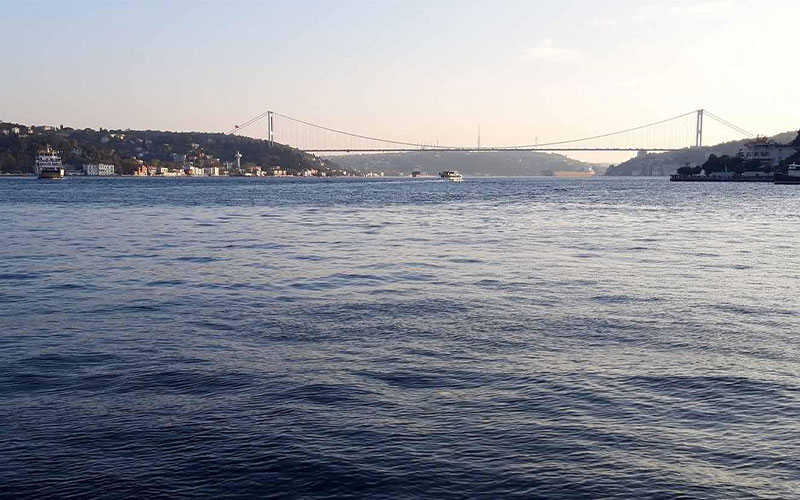
The Bosporus Strait benefits the Republic of Turkey from both a military and financial perspective. Given that it is the only way for countries like Russia, Ukraine, Georgia, and Romania to access the Mediterranean Sea in addition to the other seas in the area, it encourages Turkey's economic ties with these nations because doing business with them is relatively simple for Turkey, which in turn helps the country's economy overall. The Bosporus Strait has gained great significance for the oil sector since the turn of the twenty-first century.
Across the Bosporus Straits, ships deliver Russian oil principally to Western Europe and the United States from ports like Novorossiysk. The Bosporus Strait has a significant influence on the nation's military operations as well. The Montreux Agreement gives the Turkish government the authority to impose restrictions on certain boats' access to the Strait.
Bosphorus Strait Sights

Around the Strait's European and Asiatic shorelines during the Ottoman era, roughly 620 waterfront mansions were constructed. The Topkapi Palace, Hatice Sultan Palace, Hagia Sophia, Yildiz Palace, Sultan Ahmed Mosque, and many more intriguing locales are examples of Ottoman palaces, structures, and noteworthy landmarks. The various private vessels that are accessible across the Bosphorus Strait allow tourists to navigate throughout the Bosporus. Moreover, the Catamaran sea buses transit between the Bosporus's European and Asiatic coastlines.
Bottom Line
Bosphorus Strait is one of Turkey's most breathtaking pieces of land that features shorelines that rise to heights of up to 200 meters (650 feet), is dotted with palaces, ruins, towns, and gardens, and is bordered by the Mediterranean Sea. Take a ride on one of the coastal boats to see the Bosphorus in all its grandeur; while doing so, you may visit many of the historic Ottoman wooden buildings (called Yali in Turkish). During your visit to this lovely city, you may also stay in some of the top hotels or eat in some of the best restaurants along its coastlines.
Comment
Leave a Comment